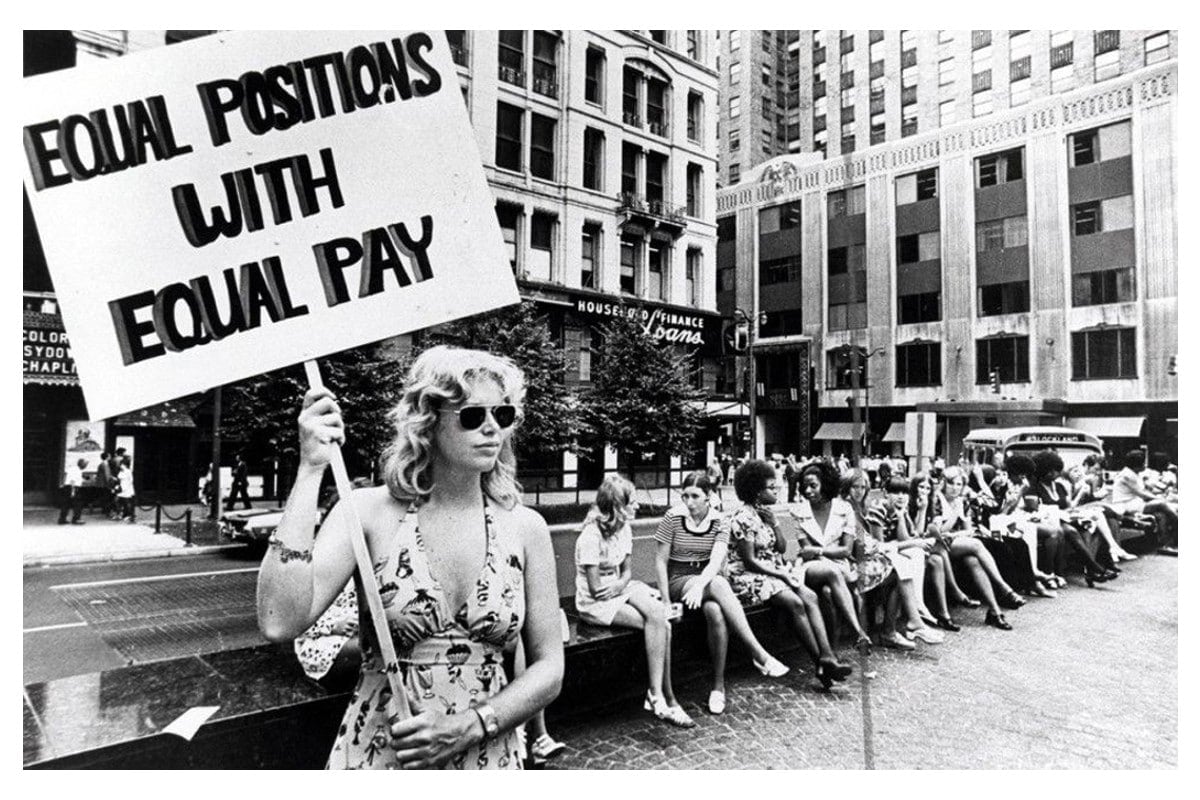
It’s not an alien idea to suggest you've heard of the gender pay gap. What has become a contentious topic – most understanding the significance, an unfortunate few denying its existence – it is an integral pillar in the progression of women in the workforce and to achieving overall equality in the workplace. It's something which as been fought across generations and while our voices are becoming louder and the gap becoming slowly smaller, we still have a long way to go. Comprehending why the gender pay gap occurs and where it is most felt can become muddled over time and in order to understand its impact on Australia, we have broken down the key points to understand and how it is evolving over years.
What is the gender pay gap and what is it currently in Australia?
The gender pay gap (GPG) is the difference in the average weekly full-time equivalent earnings between women and men, expressed as a percentage of male earnings. The GPG acts as a measure of women’s position in the paid workforce and doesn’t compare like roles.
Multiple factors can influence the GPG, including discrimination and/or bias in hiring and decisions concerning pay, the disproportionate share of unpaid and domestic work undertaken by women, and women and men working in different industries as typically female-dominated roles attract lower wages.
As of December 2022, Australia’s national GPG is 14.1 per cent, with women on average earning $269.90 less than men per week. Full-time weekly earnings for women sit at $1,609.00 compared to men at $1,872.90.
How is it evolving over time?
Like all facets of the economy, the national GPG continues to evolve and fluctuate due to socioeconomic factors, workforce stability and location. For the last 20 years, the GPG has swung between 13 per cent and 19 per cent.
Between November 2021 and May 2022, the average full-time earnings increased for both men and women, yet during this time increases to salaries were stronger for women, contributing to a decrease in the national pay gap. At the start of this period, the GPG was 13.8 per cent, thus falling to the current 14.1 per cent.
When looking retrospectively, the peak of the GPG in the last 10 years occurred in November 2014 at a height of 18.6 per cent, indicating a five per cent drop across a seven-year period.
As of December 2022, new data released by the WGEA has been released to show there has been no change in the gender pay gap for men and women in non-public sector organisations with 100 0r more employees. The gap sits at 22.8% as it did last year. A pay gap of 22.8% means women earn an average of $26,600 less than men, based on their gender.
What is the gender pay gap per Australian states and territories?
Across Australia’s states and territories, the GPG changes from the national average based on localised data, circumstances and socioeconomic factors. Currently, Western Australia (WA) has the wildest GPG at 22.4 per cent whereas South Australia (SA) holds the title of smallest at 7.4 per cent.
The differing GPG listed by states can in part be explained through the dominant industries of that region. When looking at WA – a state dominated by the mining and construction industry – there is a clear explanation for the GPG due to the industry producing higher earnings yet holding a low representation of female workers. SA’s workforce roles is largely dominated by the public sector which holds a more balanced gender representation and a traditionally lower gender pay gap due to the incremental salaries of public servants.
What is heartening to know is between November 2020 and 2021, the GPG has decreased in a number of states including WA, SA, New South Wales and the Northern Territory. However, it has increased in Queensland by 2.2 per cent, Tasmania by two per cent and Canberra by a little over one per cent. Victoria had the largest increase of three per cent across the 12-month period.
What industries have the largest gender pay gap?
As touched on earlier, the GPG does fluctuate depending on industries as there are roles typically dominated by men. This includes technical services, mining, construction and health care.
Across both public and private sector roles, the GPG in Australia is highest in Professional, Scientific and Social Assistance roles sitting at 25.3 per cent, closely followed by Health, Care and Social Assistance at 22.2 per cent.
At 2.3 per cent, the lowest is recorded in Other Services (including personal care, beauty therapists and equipment maintenance) followed by Electricity, Gas and Water with 6.6per cent.
Image: Pinterest



